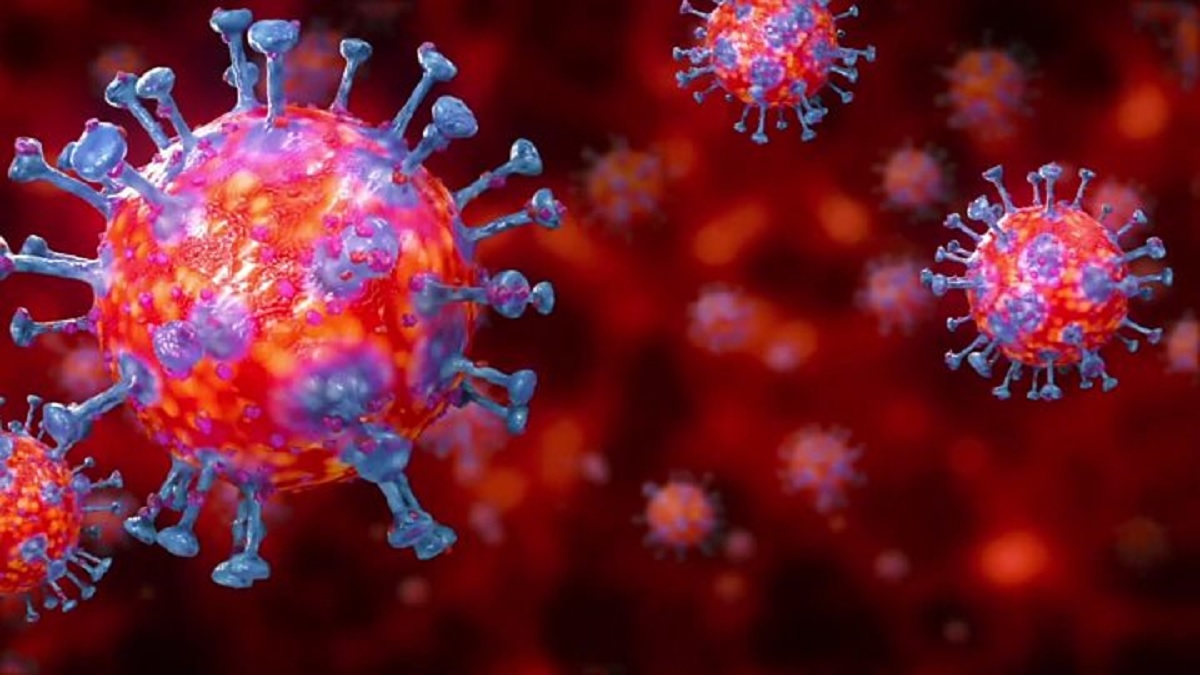


Fear of the unknown is more dangerous than the unknown itself! The fear of Covid-19 is taking a bigger toll than the virus itself. It seems people have died of fear more than the actual illness. Though there is no statistical data to prove this, few real-life instances that took place in our surroundings are enough to support the case. Recently, few individuals preferred suicide to Covid-19 illness. Some died of panic attacks, while a few faced depressions.
This is too hard to believe but it has happened mainly due to the way the coronavirus situation has been handled. Partly, the blame goes to its economic impact and also, the way Covid-19 protocol has been devised. With an ever-evolving protocol and experimental government response, instructions changed every day, forcing the field warriors to learn through experiments and experience. The virus’ easy infectivity led to strict guidelines which further led to irrational handling of cases, at times, on the ground. To begin with, as per protocol, finding a single patient led to closure of the entire building or a hospital and declaring the entire zone as a containment zone. The initial suspects were sent to government-run institutional quarantine facilities. Reports in few newspapers, which highlighted the pathetic state of affairs in such hospitals where relatives were not allowed and even basic facilities such as good food was a rare commodity, added fuel to the fire.
The patient became all alone surrounded by patients only. This was the beginning of disaster beyond anybody’s control. The stigma got attached to Covid-19 patients. Those who got affected, were boycotted by societies, often along with their entire family members, thanks to the rules of contact tracing, and rules of extending quarantine facilities to all those who came in contact with the suspect.
The friends got distanced not only physically but emotionally too. People started avoiding their friends and family members. Covid fear, which was instigated among people, was less due to its infectivity but more due to institutional quarantine rules and facilities. People, locked inside homes, became extremely careful, worried, cautious and tense. For most, it was a period of exile and anxiety, bringing in them unwanted behavioural changes. Added to it was the fear of economic impact and after effects of lockdown.
There is a thin line between being cautious and being fearful. Most of them are behaving fearfully. For them, the entire day is engaged with hand sanitisers and washing hands; instructing and cautioning family members; spraying the touched areas and sanitising the de-sanitised. Visitors, friends and family are a strict ‘no’ and maids or cooks are just out of question. People need to be cautious but not fearful. Being cautious means being aware of the social distancing protocol and at the same time being sensitive towards the fellow citizens and poor people. It also means strengthening our own immunity levels so that, if at all we get affected, the body is capable to win over the virus. Lot of immunity booster messages issued by the Ministry of AYUSH could be followed.
Once declared containment zones, areas are now getting realigned into orange and green zones based on the number of cases and their occurrences. The facilities at institutional quarantine are improved and even home quarantine is allowed, for asymptomatic patients. There is now a need to remove the fear of institutional quarantine and stigma attached with Covid-19 patients. This could be done with a wellcrafted communication in the coming period, not only by the government but by each one of us. Instead of boycotting such patients and their family members, society needs to join hands to help and assist them.
Someone once asked anthropologist Margaret Mead what she considered to be the first evidence of a civilisation. A human thigh bone with a healed fracture found in an archaeological site 15,000 years old, she answered. Mead pointed out that for a person who survived a broken femur had to be cared for long enough for that bone to get healed. Others must have provided shelter, protection, food and drink over an extended period of time for this kind of healing to be possible, she added. It is not tools for hunting or religious artefacts or primitive forms of communal self-governance, which proves the evolution of civilisation but the human care and love for one another.
The author is an IIS officer, working with the I&B Ministry. The views expressed are personal.